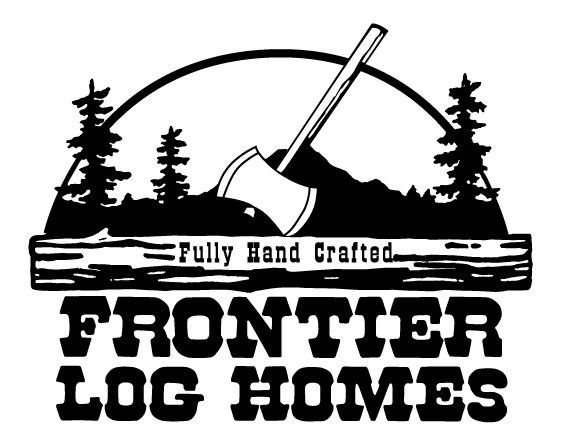What Is Chinking on a Log Home?
Wood logs are not uniform: that’s the beauty of nature and what makes a log home so unique and amazing. In fact, and unlike other kinds of buildings, log homes are alive. Wood shrinks and expands with temperature changes and log home specialists often talk of how wood breathes.
This, however, can create problems. When the logs expand and contract, small gaps may appear. To insulate your log home, you need chinking to fill the gaps between the logs using special chinking materials that seal any gaps and eliminate heat loss and air infiltration. Once you have done that, your home will be shielded from the elements and any unwanted tiny visitors.
Why Do You Need Chinking?
No two logs are the same. They vary slightly even if they come from the same type of tree and the forest. Even when you give adequate time for logs to dry, they will still have slight differences. When you put one log on top of another, there will be small cracks, holes, and gaps because logs don’t match each either perfectly.
Not only are logs non-uniform to begin with, but they also bow, twist, and curve with pressure, temperature changes, humidity, and sun exposure. This constant movement causes small gaps that are the perfect gateway for wind to come into the house. Also, that’s how insects and bugs crawl into your home. If you want a cozy and warm home that’s protected from the elements, then you need to chink your logs.
What Is Chinking?
Chinking is the sealant you apply between logs to seal the gaps and holes. Chinking can become part of the log home esthetics. Some homeowners choose chinking in the same color as their logs, while others choose a color that stands out and creates a stunning result.
What Is Chinking Made Of?
Chinking has always been part of log home building. Traditional chinking used to be made from clay, dust, lime, and ash. It was then applied between the logs to seal the gaps.
The problem with traditional mortar chinking was its lack of elasticity. When the logs expanded and contracted, the chinking didn’t follow their ever-so-slight movements. The chinking tended to chip and fall apart.
Nowadays, chinking is made of synthetic acrylic compounds, which display far superior adhesion and elasticity than traditional materials. Modern chinking is often called elastomeric because of its flexibility and plasticity. It is flexible and durable, thus following the way that logs breathe in and out. Also, it is durable and adheres perfectly to surfaces.
Good-quality modern chinking can last for at least 20 years. With the proper annual maintenance, you can extend your chinking’s life even longer.
How Do You Apply Chinking to Your Log Home?
When you buy a log home, your building company will take care of the chinking. Here is how we do it.
Before we apply chinking, we make sure the logs are clean from grass and bugs. If we want to stain our logs, we do so before we start chinking, as the stain will not apply evenly on the chinking itself. We leave the log stain to dry for 5 to 7 days and then start the chinking process.
We chink logs when average temperatures hover between 40 and 80 degrees Fahrenheit. That is when the logs are at their most uniform. When it’s too cold, they contract and when it’s too hot they expand.
What is Daubing?
Historically, chinking was instead known as daubing. This process was similar to chinking, but previous log cabin builders would use other substances to fill the space between their homes’ logs. It was made out of anything the builder could find that would provide insulation and protection from the elements. This included mixtures of mud, sand, grass, twigs, and even hair.
You Can’t Build a Log Home without Chinking
While you could build a log home with nothing but logs, you really shouldn’t. The logs don’t meet perfectly and don’t fit snuggly, no matter how hard you try. You need chinking to seal the gaps and protect your log home from humidity, wind, and crawling insects.
That’s why, when we deliver our handcrafted log cabin kits, our construction crews take care of the chinking and insulate your log home.
We are the industry leaders in award-winning log cabin kits. If you are looking for the experience of adventure and nostalgia that a log home offers, then contact Frontier Log Homes online, visit us at 60813 Maple Grove Road, Montrose, CO 81403, or call now 970-249-7130 to learn about how our solid log homes can add warmth and luxury to your everyday life. Let’s make your log home dream a reality!

